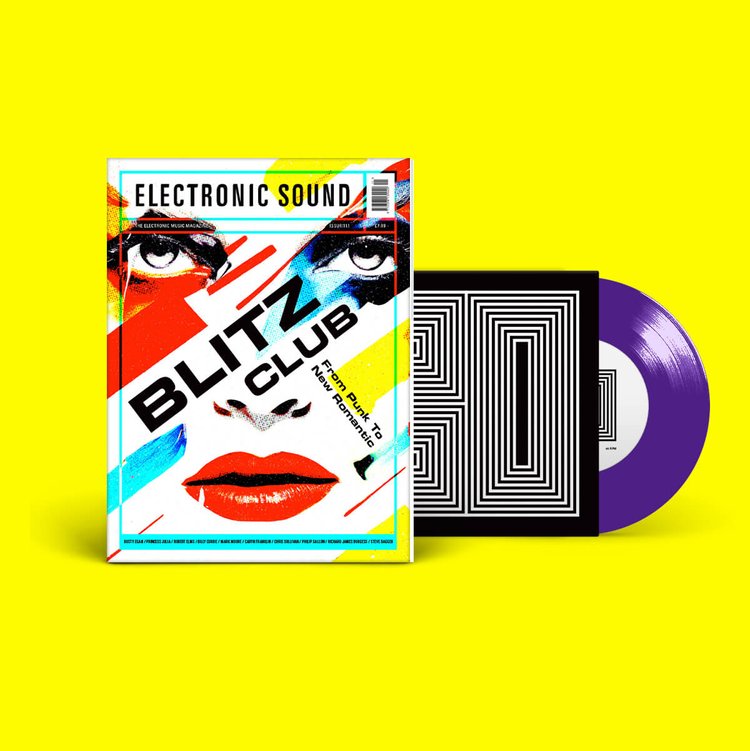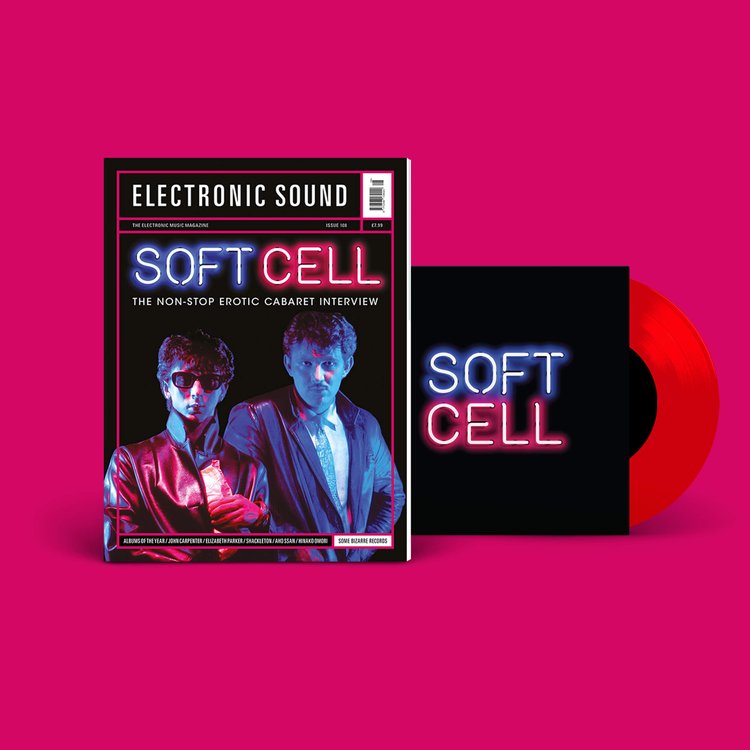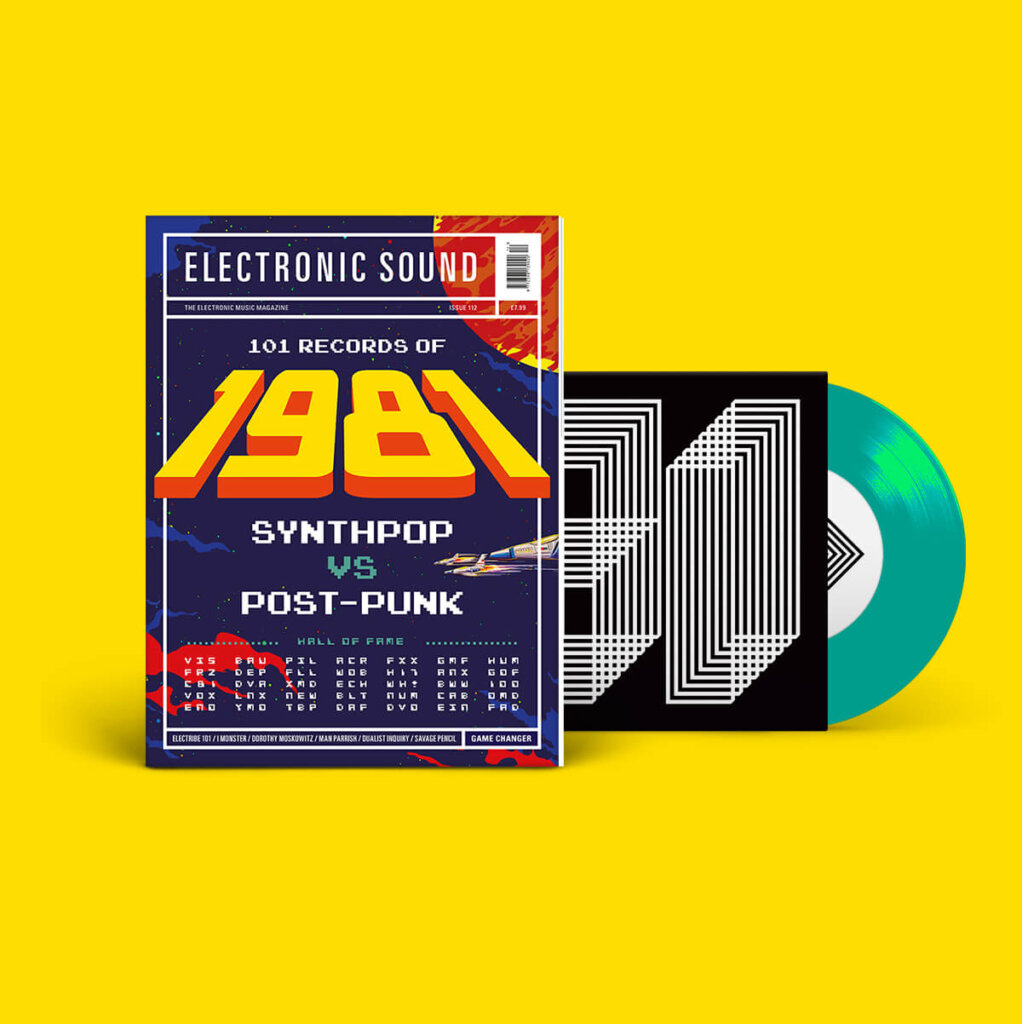Presented by The Radiophonic Institute and the Museum Of Sound, The Sound Of The Year Awards is an annual competition celebrating sonic life in its many forms from across the globe. We caught up with English sound artist Emily Peasgood, winner of this year’s Best Sound Innovation award, which recognises “a tool or piece of technology that has made working with sound result in a greater experience”

Hi Emily. Tell us about your fascinating Listening Desk…
“Listening Desk is an interactive sound sculpture that invites people to access and create soundscapes with sound archives. As a field recordist, it’s important to me that archived sounds in national archives can be experienced by members of the public. It’s inspired by historic listening devices and instruments – the evolution of an archive reading desk into a listening desk, emphasising the importance of our sonic history. A parametric laser-beam speaker-horn emerges from the desk towards the listener, with minimal bleed into the surrounding area. A bespoke soundscape sequencer is embedded into the desktop. Listening Desk democratises access to sound archives in a fun and playful way.”
That sounds quite complex. What was it like making it?
“Creating the design was so fun. I had a lot of ideas and initially wanted a long horn to be mounted against a wall, which visitors could pull down to lower over their head – a little like a cross between a trombone and a hair-dryer at a salon. But this wasn’t practical, and creating the Listening Desk felt like a natural progression. My initial sketch was drawn on a hair packet when I was sitting on the toilet! To see it from that very early stage to what it has become is ace. I enjoyed working with Studio Ben Allen on the design, Happylander on the software, East JR on the fabrication and Cow Sike workshop on the metalwork. My assistant Djuna Mount was indispensable. It was a joy to meet all of the project partners and work with the British Library to create this piece of mid-century inspired gorgeousness.”
How does it feel to win a Sound Of The Year award?
“It’s a new platform to share my work, and an accolade that says I’m doing something good – useful and innovative. My practice has taken a real turn this past year and it’s constantly evolving. I still create sound installations and do a lot of field recording as part of that process, but I have moved towards creating playback methods for sound to be exhibited and realised. This often falls at the hands of the sound artist, unless you want to use off-the-shelf speakers. Sound art is a cross between visual art and sound, and it makes sense to create something innovative as part of my sound practice. Winning this award justifies that I’m doing something I should continue, and I am with three new sound innovations in the pipeline.”
Tell us a bit more about your background…
“I’ve been a musician all my life, picking up various instruments before becoming interested in sound technology as a teenager. I’ve explored opera, psytrance, songwriting, jazz, and toured in pop bands. It wasn’t until I led choirs and created a composition inspired by an exhibition at Turner Contemporary that I moved more towards sound as an art form. I’ve created many site specific interactive sound works for galleries and outdoor public spaces. I’m interested in sonifying places that are forgotten or overlooked, those which we move through without paying much attention. My work takes place in graveyards, public lifts, train stations… field recording and technological innovation are some of the ways I realise it. My work is often in outdoor or public places. I want it to be accessible to people, not just an elite few.”
Who or what inspires you most?
“I am inspired by anyone who uses sound and music in innovative ways… unique combinations, messages, or playback methods and technology that feature innovation. Being specific, I enjoy the textures of Steve Reich, particularly ‘Music For 18 Musicians’, Meredith Monk’s ‘Songs Of Ascension’, Rosie Carr’s recent album, ‘yew’, Public Service Broadcasting’s ‘The Race For Space’, SOPHIE’s ‘Oil Of Every Pearl’s Uninsides’, Tuung, Burial’s ‘Streetlands EP’, and Alva Noto and Ryuichi Sakamoto’s ‘Revep’. I am also a fan of Rebecca Huxley’s field recording practice.”
What would you most like to record next?
“Urban sounds have their place as well as natural ones, but I long for places with less industrial and man-made sounds. I am spending eight weeks this summer travelling to the remotest places in the UK and will capture some unique sounds for the album I am currently working on. I would like to go underground and underwater in 2024, capturing imperceptible sounds we cannot usually hear.”
Any parting words of wisdom for other like-minded artists?
“Sound has always been my strongest sense. I’m interested in what sound can tell us about the world and encourage people to think sonically. Any aspiring field recordist should get a basic Zoom recorder and experiment. A lot of what I learned was on the job. I have a field recording kit, which has the strangest things in it, including a milk carton – a great wind buffer – and fluffy slipper socks, to name a few. All have unique uses. Sitting for 4 hours to capture one minute of a hoverfly is worth it with the added benefit of meditating in nature.
“Listening exercises and pre-recording listening walks are also essential. I highly recommend working through Pauline Oliveros’ book ‘Deep Listening: A Composer’s Sound Practice’, and Murray Schafer’s ‘A Sound Education: 100 Exercises In Listening And Sound Making’.”
To find out where you can visit a Listening Desk at a library in the UK, go to emilypeasgood.com/listening-desk
To find out more about the Sound Of The Year Awards, go to soundoftheyearawards.com
Get the print magazine bundled with limited edition, exclusive vinyl releases








